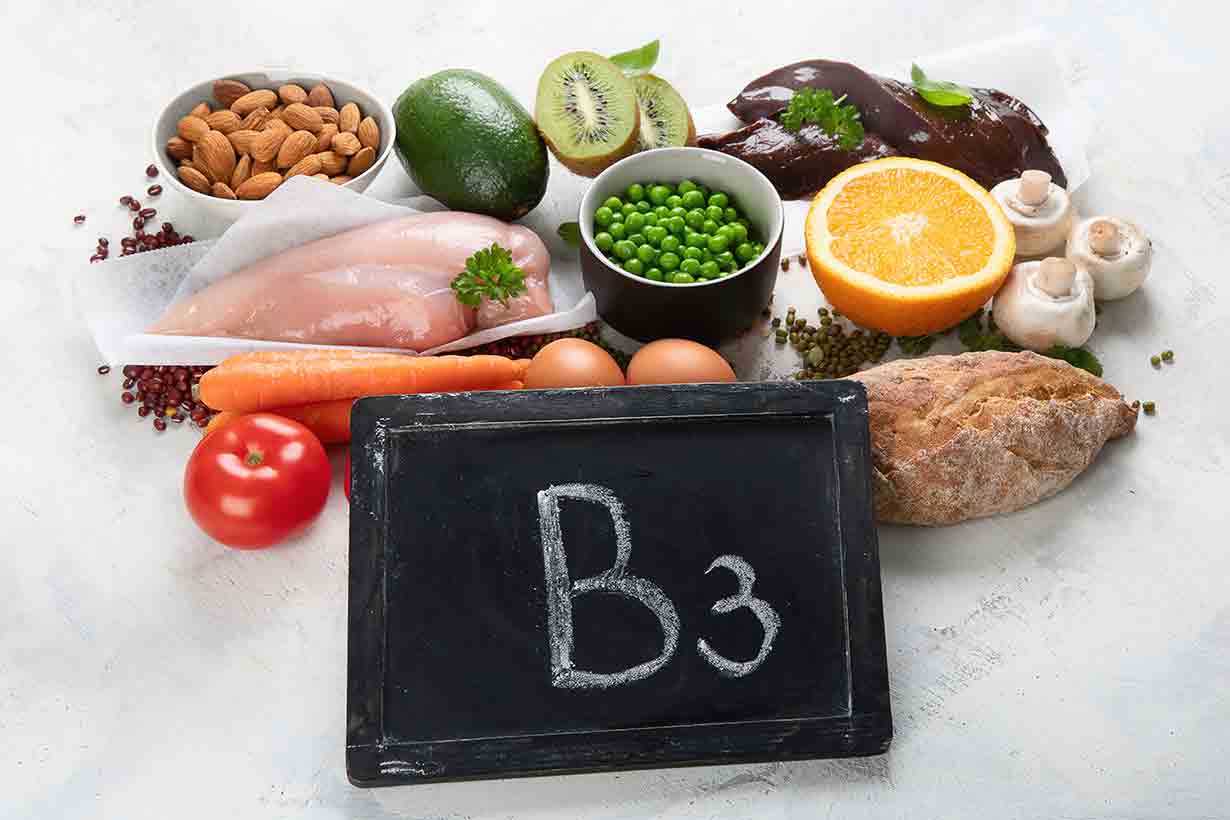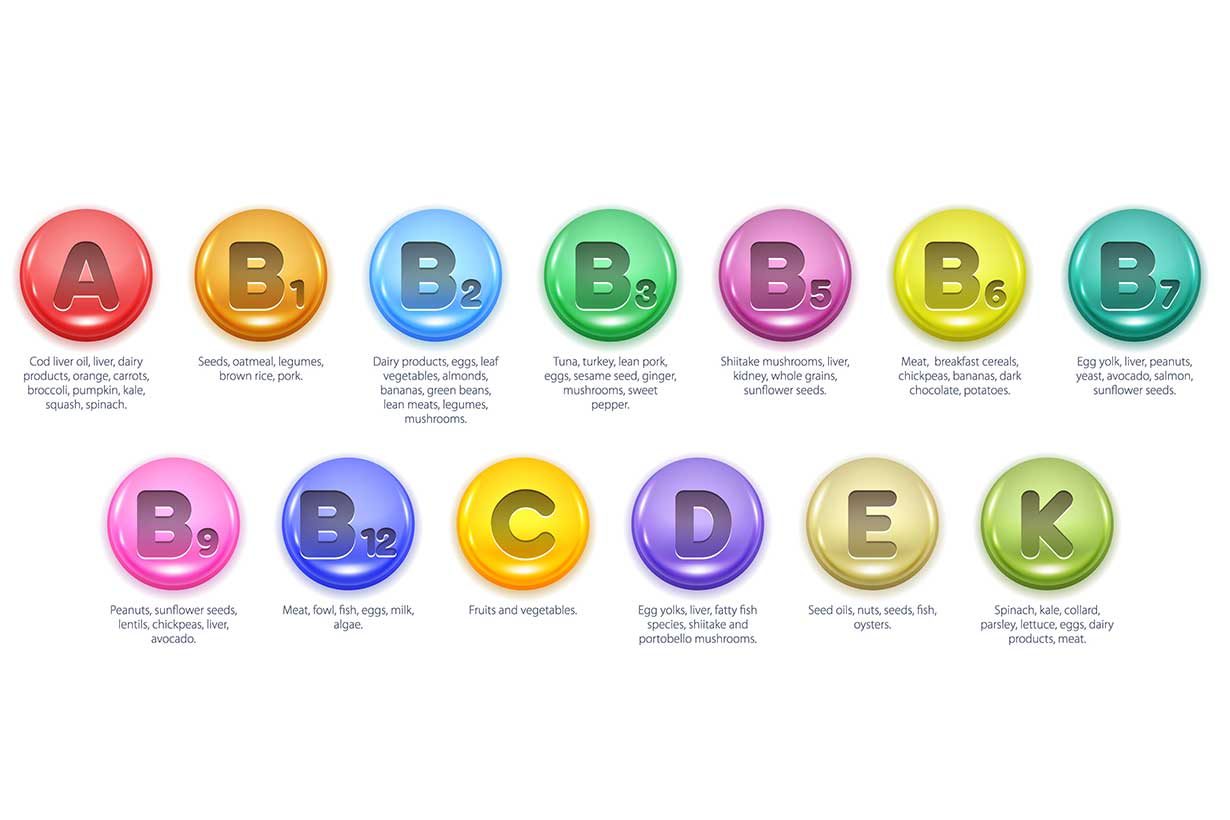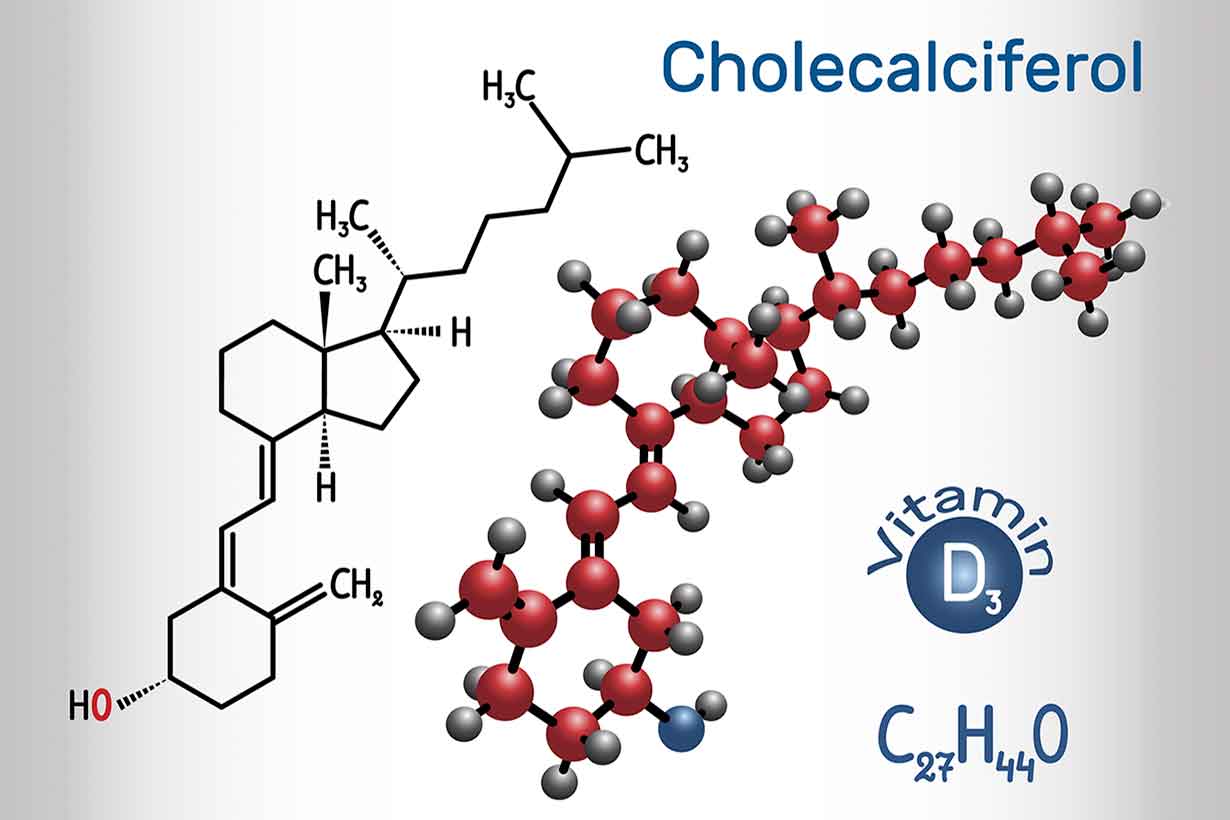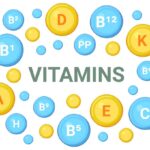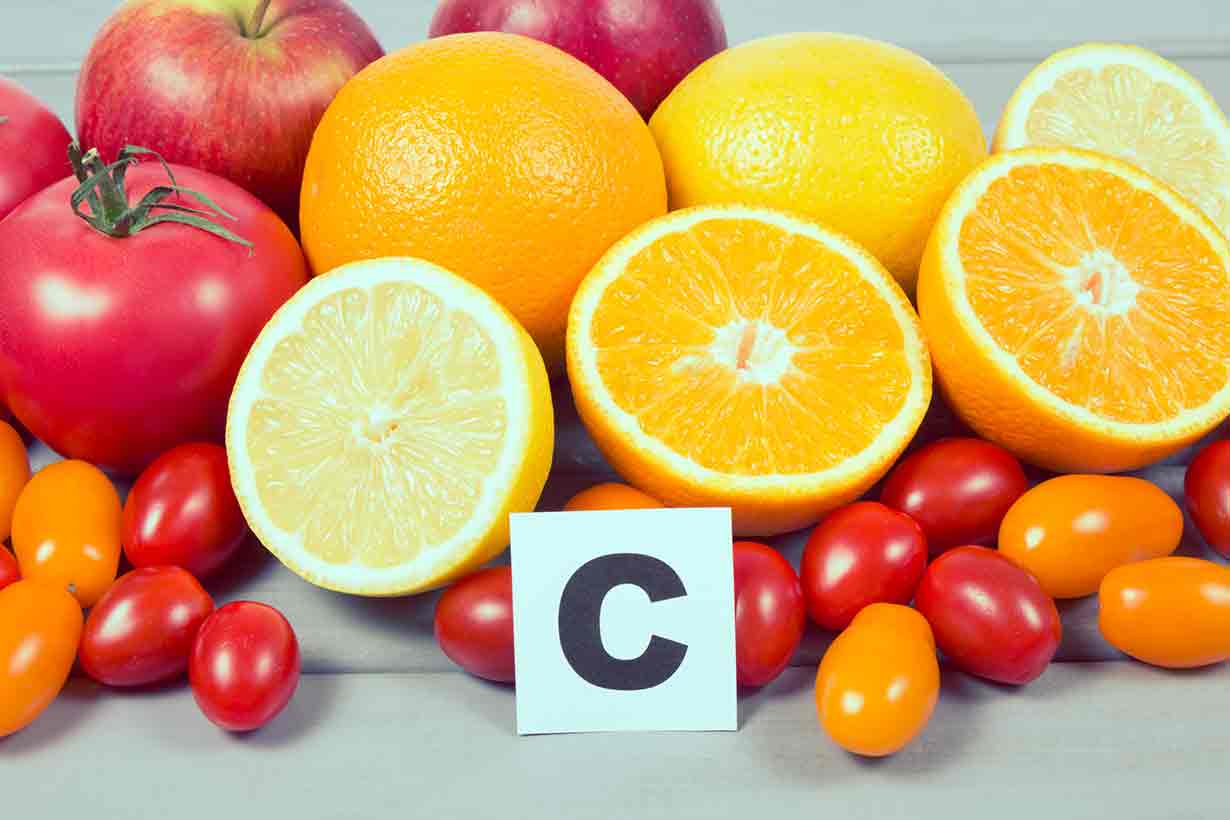Biotin, also known as vitamin B7, is an essential vitamin.
This article explains what biotin is, how much we need, and a list of foods that provide high levels of the nutrient.
What Is Biotin?
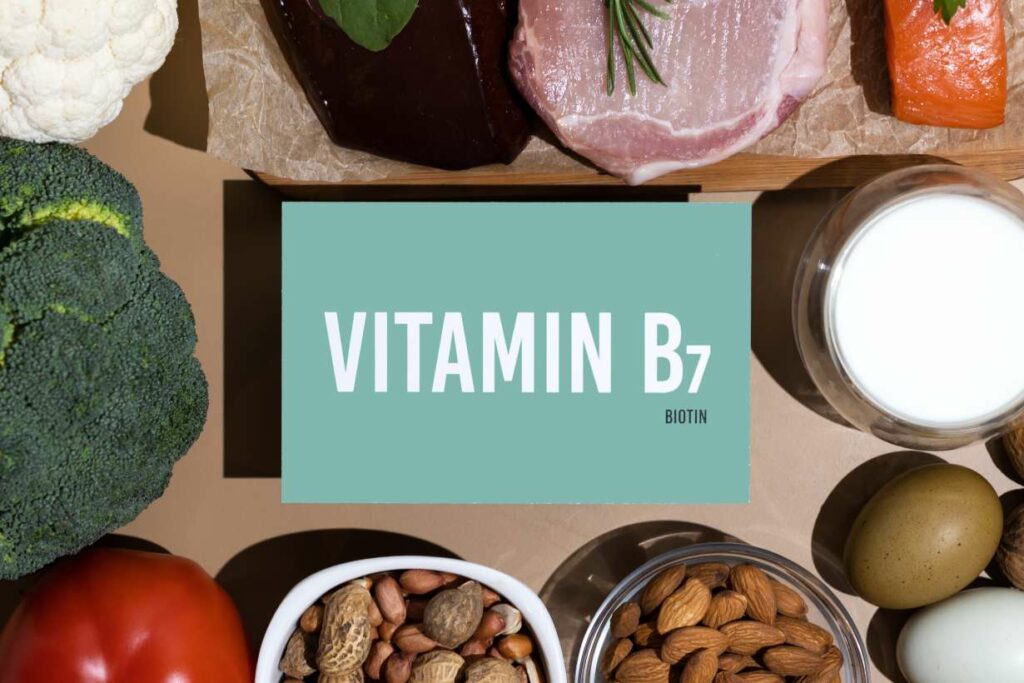
Biotin is an essential vitamin, meaning humans need to obtain it from their diet or supplementation.
Although biotin was first discovered in 1927, it was initially referred to as ‘vitamin H’ and didn’t become known as vitamin B7 until decades later (1).
Although biotin is lesser known than other B vitamins, such as vitamin B6, niacin, and thiamin, it has some important health effects.
Among its numerous functions, biotin is a coenzyme that helps break down the carbohydrates, fats, and proteins we eat (2).
The best dietary sources of biotin include cereal grains, meat, seafood, eggs, legumes, seeds and nuts, and certain fruits and vegetables (3).
How Much Biotin Do We Need?
The amount of biotin that we require depends upon the life stage.
The Food and Nutrition Board of the National Academies of Sciences, Engineering, and Medicine has recommended adequate intakes (AIs).
These biotin intake recommendations are as follows (4):
- <6 months: 5 mcg
- 7-12 months: 6 mcg
- 1-3 years: 8 mcg
- 4-8 years: 12 mcg
- 9-13 years: 20 mcg
- 14-18 years: 25 mcg (30 mcg if pregnant, 35 mg if breastfeeding)
- >19 years: 30 mcg (35 mcg if breastfeeding)
The FDA has also set a recommended daily value (% DV) for biotin based on a diet consisting of 2000 calories.
Biotin’s daily value is 30 mcg (5).
Foods High In Biotin
The following section presents a list of foods high in biotin.
While this site usually uses official USDA sources for nutritional data, unfortunately, the USDA’s FoodData Central doesn’t provide the biotin content for most foods.
However, there has been published research into the biotin content of foods.
The data sources used in this guide are as follows:
- A study published in the Journal of Food Composition and Analysis in 2004 that used acid hydrolysis and accurate and sensitive binding assays to determine the biotin content of 87 foods. This study was partly funded by the National Institutes of Health (NIH) and the United States Department of Agriculture (USDA) (6).
- A 2014 study that determined the biotin content of 500 foods commonly available in Japan by microbiological assay. The study also presented the biotin content of 955 foods based on combining published data in Japan and other countries (7).
Using these sources, the amount of biotin per 100 grams and per typical serving has been calculated and presented for each food in micrograms (mcg) and daily value (% DV).
1) Chicken Liver (cooked weight)
| Biotin per 100 grams | Biotin per 3oz (85g) serving |
|---|---|
| 187.2 mcg (624% DV) | 159.1 mcg (530% DV) |
According to published research, chicken liver appears to be the most substantial dietary source of biotin.
Per 100 grams, chicken liver contains 187.2 mcg (6).
A three-ounce (85g) serving of chicken liver has 159.1 mcg of biotin, equal to 530% of the daily value.
2) Beef Liver (cooked weight)
| Biotin per 100 grams | Biotin per 3oz (85g) serving |
|---|---|
| 41.6 mcg (139% DV) | 35.36 mcg (118% DV) |
Beef liver is also a significant source of biotin, and a three-ounce (85g) serving provides 35.36 mcg (6).
This is equal to 118% of the daily value for biotin.
3) Tempeh
| Biotin per 100 grams | Biotin per cup (166g) serving |
|---|---|
| 19.9 mcg (66% DV) | 32.5 mcg (108% DV) |
Tempeh is a fermented soybean product that provides a good source of biotin.
Per 100 grams, tempeh contains 19.9 mcg (7).
A 166-gram cup serving of prepared tempeh supplies 32.5 mcg of biotin, 108% of the daily value.
4) Buckwheat Flour
| Biotin per 100 grams | Biotin per 120-gram cup |
|---|---|
| 17.0 mcg (57% DV) | 20.4 mcg (68% DV) |
Buckwheat flour provides 17 mcg of biotin per 100 grams (7).
A 120-gram cup of buckwheat flour offers 20.4 mcg of biotin, 68% of the daily value.
5) Soybeans (dried, raw weight)
| Biotin per 100 grams | Biotin per 2oz (56.7g) serving |
|---|---|
| 33.6 mcg (112% DV) | 19.1 mcg (64% DV) |
Soybeans are a substantial source of biotin, with soybeans from the United States containing 33.6 mcg per 100 grams (7).
Per two-ounce (56.7g) serving, soybeans offer 19.1 mcg of biotin, 64% of the daily value.
6) Rye Flour
| Biotin per 100 grams | Biotin per 128-gram cup |
|---|---|
| 9.5 mcg (32% DV) | 12.2 mcg (41% DV) |
Japanese assay data show that rye flour contains 9.5 mcg of biotin per 100 grams (7).
Per 128-gram cup, rye flour thus provides 12.2 mcg of biotin, 41% of the daily value.
7) Eggs (cooked)
| Biotin per 100 grams | Biotin per 50-gram large egg |
|---|---|
| 21.4 mcg (71% DV) | 10.7 mcg (36% DV) |
Eggs are an excellent source of biotin, with 100 grams of cooked eggs providing 21.4 mcg of the vitamin (6).
Based on this, a regular-sized (50g) egg provides 10.7 mcg of biotin, 36% of the daily value.
8) Amaranth (raw weight)
| Biotin per 100 grams | Biotin per 2oz (56.7g) serving |
|---|---|
| 16.3 mcg (54% DV) | 9.2 mcg (31% DV) |
Published data in Japan shows that whole-grain amaranth contains 16.3 mcg of biotin per 100 grams (7).
A two-ounce (56.7g) serving of amaranth provides 9.2 mcg of biotin, 31% of the daily value.
9) Sorghum (raw weight)
| Biotin per 100 grams | Biotin per 2oz (56.7g) serving |
|---|---|
| 15.4 mcg (51% DV) | 7.7 mcg (26% DV) |
Sorghum contains 15.4 mcg of biotin per 100 grams (7).
A two-ounce (56.7g) serving thus provides 7.7 mcg of biotin, 26% of the vitamin’s daily value.
10) Pork Chop (cooked weight)
| Biotin per 100 grams | Biotin per 157-gram pork chop |
|---|---|
| 4.5 mcg (15% DV) | 7.1 mcg (24% DV) |
Pork chop provides 4.5 mcg of biotin per 100 grams (6).
Thus, a regular 157-gram pork chop has 7.1 mcg of biotin, equal to 24% of the daily value.
11) Fava Beans (dried, raw weight)
| Biotin per 100 grams | Biotin per 2oz (56.7g) serving |
|---|---|
| 12.5 mcg (42% DV) | 7.1 mcg (24% DV) |
Fava beans, also known as broad beans, provide a good amount of biotin: 12.5 mcg per 100 grams (7).
A two-ounce (56.7g) serving of fava beans offers 7.1 mcg of biotin, equal to 24% of the daily value.
12) Peanuts (roasted, salted)
| Biotin per 100 grams | Biotin per ounce (28.35g) serving |
|---|---|
| 17.5 mcg (58% DV) | 5.0 mcg (17% DV) |
Peanuts provide 17.5 mcg of biotin per 100 grams.
Per typical ounce serving, peanuts have 5 mcg of biotin, which is 17% of the daily value (6).
13) Salmon, Pink (canned)
| Biotin per 100 grams | Biotin per 3oz (85g) serving |
|---|---|
| 5.9 mcg (20% DV) | 5.0 mcg (17% DV) |
Canned pink salmon provides 5.9 mcg of biotin per 100 grams (6).
A three-ounce serving offers 5.0 mcg, equal to 17% of biotin’s daily value.
14) Natto
| Biotin per 100 grams | Biotin per ounce (28.35g) serving |
|---|---|
| 18.2 mcg (61% DV) | 5.2 mcg (17% DV) |
Natto is a sticky fermented soybean product available from Japanese/East Asian grocery stores.
Based on the combination of published data in Japan, natto offers 18.2 mcg of biotin per 100 grams (7).
An ounce serving of natto provides 5.2 mcg of biotin, 17% of the daily value.
15) Basil (ground, dried)
| Biotin per 100 grams | Biotin per 4.5g tablespoon |
|---|---|
| 61.5 mcg (205% DV) | 2.8 mcg (9% DV) |
Ground basil offers high amounts of biotin, with 61.5 mcg per 100 grams (7).
A tablespoon serving provides 2.8 mcg of biotin, which is 9% of the daily value.
16) Mustard Powder
| Biotin per 100 grams | Biotin per 1.5g teaspoon |
|---|---|
| 158.1 mcg (527% DV) | 2.4 mcg (8% DV) |
Mustard powder has a significant biotin content of 158.1 mcg per 100 grams (7).
Even a small teaspoon serving of mustard powder offers 2.4 mcg of biotin, 8% of the daily value.
17) Strawberries
| Biotin per 100 grams | Biotin per 150-gram cup |
|---|---|
| 1.5 mcg (5% DV) | 2.3 mcg (8% DV) |
According to assay results in the United States, strawberries offer more biotin than other fruits. 100 grams of strawberries supply 1.5 mcg of biotin (6).
Per 150-gram cup serving, strawberries provide 8% of the daily value for biotin.
18) Sunflower Seeds
| Biotin per 100 grams | Biotin per ounce (28.35g) serving |
|---|---|
| 7.8 mcg (26% DV) | 2.2 mcg (7% DV) |
100 grams of sunflower seeds provides 7.8 mcg of biotin (6).
An ounce serving of sunflower seeds contains 2.2 mcg of biotin, which is equal to 7% of the daily value.
19) Almonds
| Biotin per 100 grams | Biotin per ounce (28.35g) serving |
|---|---|
| 4.4 mcg (15% DV) | 1.2 mcg (4% DV) |
100 grams of almonds contain 4.4 mcg of biotin (6).
An ounce serving provides 1.2 mcg, which is equivalent to 4% of biotin’s daily value.
20) Walnuts
| Biotin per 100 grams | Biotin per ounce (28.35g) serving |
|---|---|
| 2.6 mcg (9% DV) | 0.7 mcg (2% DV) |
Walnuts have a biotin content of 2.6 mcg per 100 grams (6).
Per ounce serving, walnuts offer 2% of the daily value for biotin.
Final Thoughts
This article shows that biotin-rich foods exist in all major food groups.
The best dietary sources include liver, meat, eggs, nuts, seeds, whole grains, and legumes.

